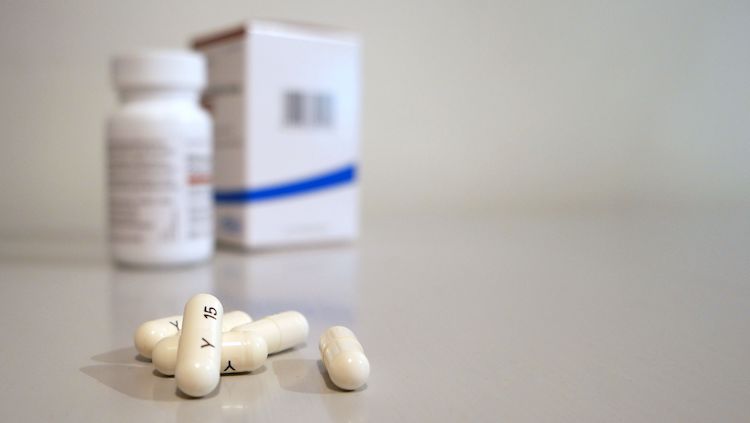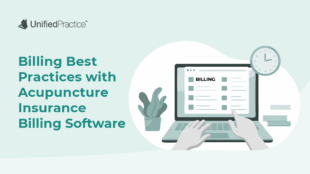The United States is in the middle of an unprecedented opioid epidemic. The U.S. Department of Health and Human Services reports that over 30 people a day die from opioid-related drug overdoses. In 2017, the crisis was responsible for 47,600 deaths.
Amid the epidemic has been a rise of recommendations for how to solve the issue, which is where acupuncture enters the narrative.
For example, in 2017 the Joint Commission officially recommended alternative treatments, such as acupuncture, as an important step in fighting the crisis. In the article, acupuncture is advocated for alongside massage therapy, meditation, light alteration, spinal manipulation, and non-opioid pharmacologic interventions like NSAIDs.
Western science corroborates. Dozens of studies, data analyses, and systemic reviews suggest acupuncture can be used to manage certain conditions, including back and neck pain, osteoarthritis, headaches, and PTSD. Other research highlights its cost-effectiveness as well.
How Does Acupuncture Relieve Pain?
If you’re a practitioner, there’s no need to convince you of the power behind a TCM practice. For those interested in understanding how acupuncture works, there are a few key theories.
The main concept behind acupuncture is that the carefully placed needles prompt the body to release a flow of energy called “qi,” which travels through specific channels in the body. In the west, practitioners say the needles stimulate nerves that sends a signal to the brain to release beta-endorphins, powerful pain suppressors. Additional evidence explains that stimulating the vagus nerve — one of the cranial nerves that connect the brain to the body — can lower inflammation.
Interestingly, these concepts work as the body’s own opioids, reducing pain and eliminating the need for prescription medicine and the addiction that can tragically ensue.

The Complexity of the Opioid Crisis
While it might seem easy to present a new solution to an ongoing problem — why not just replace every prescription drug with an acupuncture session? — the opioid crisis is rooted in social and economic complexity while wrapped up in the convoluted American healthcare system.
Researchers point out complex interconnections between obesity, disability, chronic pain, depression, and substance use that have yet to be properly explored. The root causes of the opioid crisis are both social and structural and it’s critical to delve further into these systemic issues.
Acupuncture can still play a powerful role. Currently, acupuncture is being successfully utilized by the Veterans Administration (VA) and U.S. Military, and research shows that effective treatment can lead to a decrease in opioid prescriptions. Meanwhile, insurance plans are starting to cover acupuncture. In general, health plans are slowly moving towards covering more preventative and alternative healthcare costs.
As the healthcare landscape continues to shift, it will be interesting to see how acupuncture plays a larger role in the opioid crisis. While providers become more cautious prescribers, the doors are open for more people to pursue acupuncture as an integrative treatment for pain.

Psst: If you’re a TCM practitioner interested in learning more about our integrated practice management solution, get started here.




